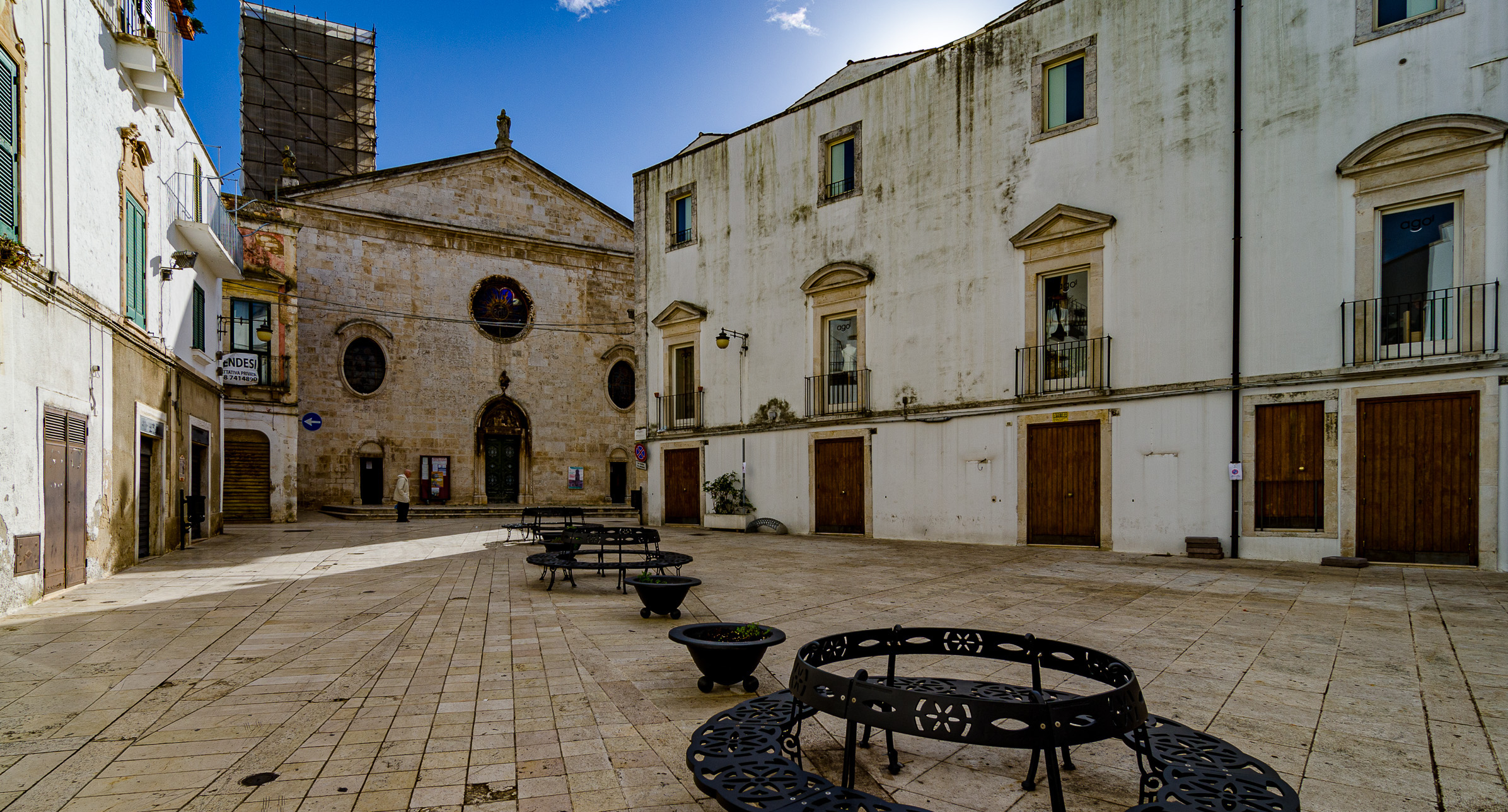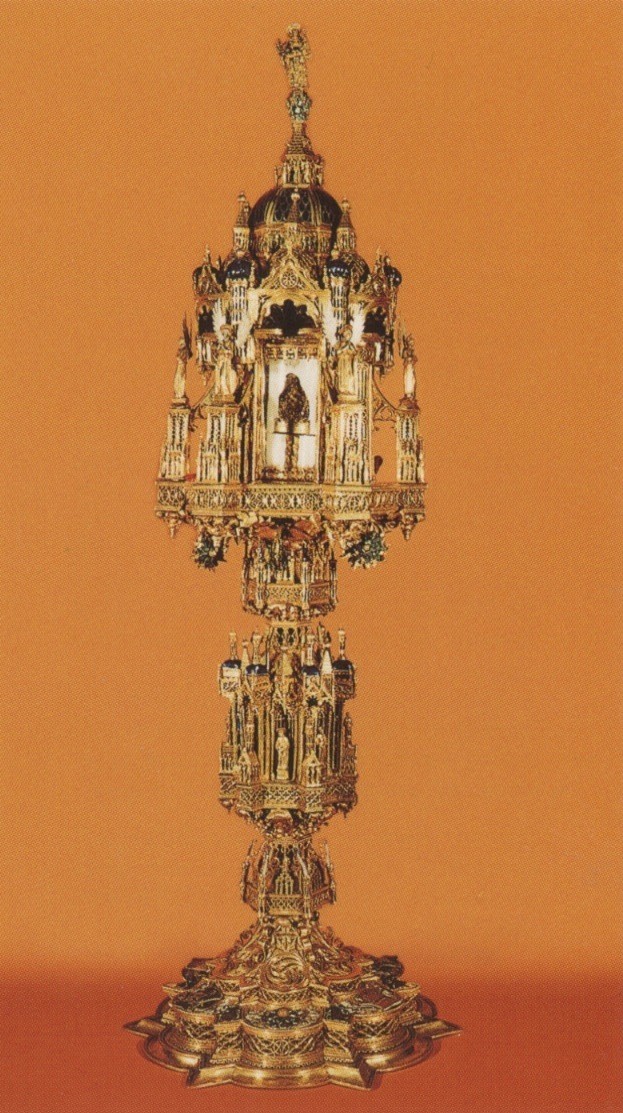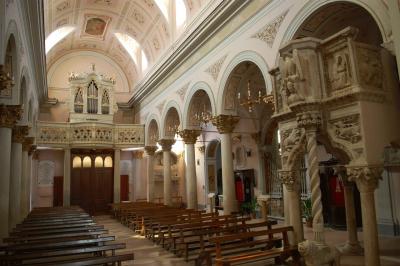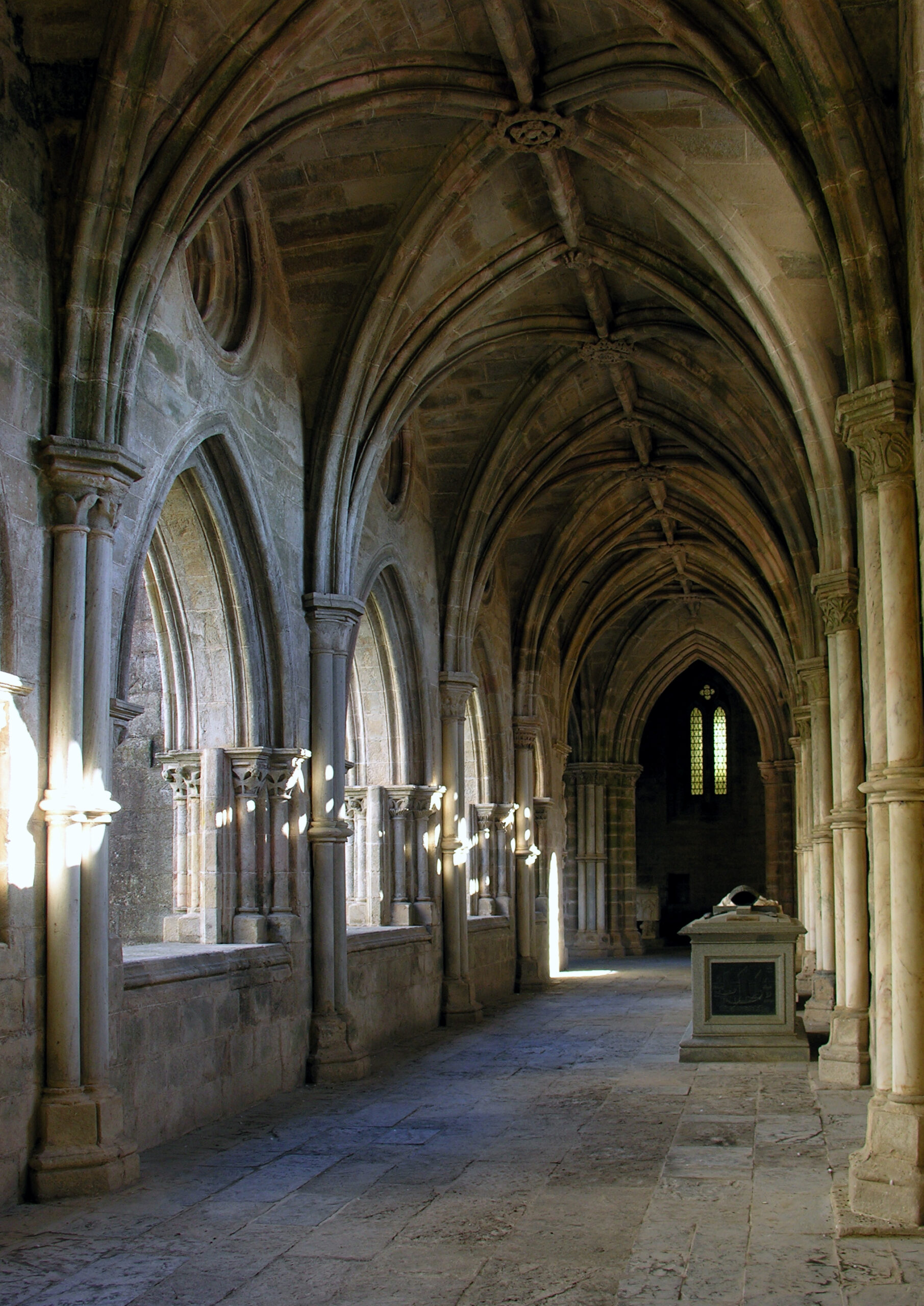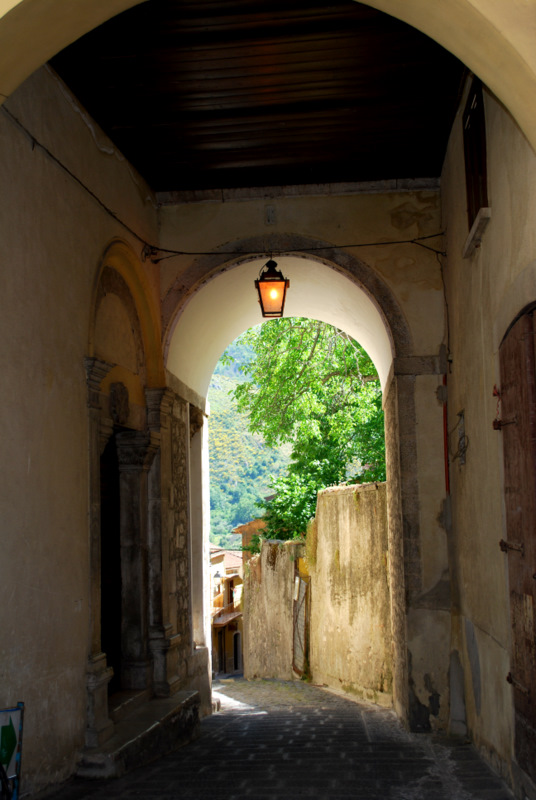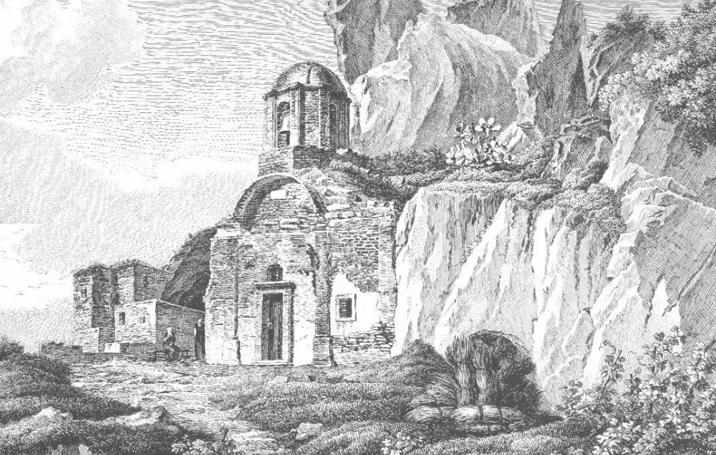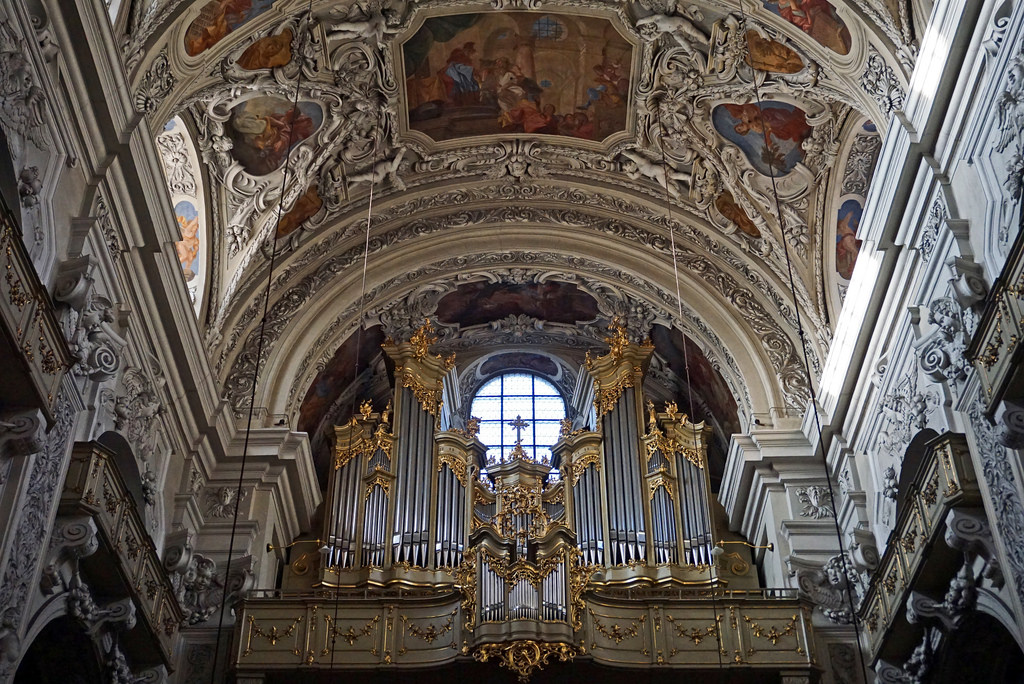The Mother Church, dedicated to St. Mary of the Nativity, represents for Noci the catalytic center of all historical, religious and civil events. Its origins are still unclear.
It constituted the first historical entity in Noci: its devout builders named it Sancta Maria de Nucibus, dedicating it to the Virgin Mary and deriving the title from the numerous walnut trees that surrounded it. Around the church formed the first inhabited nucleus, which within a few centuries was identified as Casale di Santa Maria delle Noci.
In 1180 Archbishop Rainaldo of Bari, in the name of Pope Alexander III, recognized the church of Sancta Maria de Nucibus under the jurisdiction of Cafisio, bishop of Conversano; in 1240, by order of Emperor Frederick II, the men of Noci were obliged to contribute to the expenses of repairing the castle of Ruvo.
Ancient local historiography and tradition dated the church’s construction to 1316, the work of Prince Philip I of Anjou of Taranto in honor of Our Lady. Legend has it that the prince who came hunting in the woods of Noci was caught in a violent storm that endangered his own life. Taking refuge under a walnut tree, he vowed that if he escaped danger he would erect a church in honor of Our Lady. What is certain is that the Angevins influenced the urban development of Noci in no small way. As early as 1470 the church was enlarged by Count Giuliantonio Acquaviva of Conversano.
Over time, other renovations and extensions followed, especially in the 18th and 19th centuries, which modified the church’s primitive Gothic structure. The façade underwent its last interventions in 1826 when the large classical-style tympanum was affixed.
The bell tower, about 35 meters high, was built, in place of the pre-existing one, between 1758 and 1761 by masons from Nocera to the design of architect Magarelli of Monopoli. The interior of the church, which has three naves with the altar and choir well raised, is enriched by numerous works of art in cloth and stone. Especially noteworthy are the polychrome stone polyptych, most likely from the school of Nuzzo Barba da Galatina (late 15th cent.), located in the transept behind the high altar, and the Madonna Enthroned with Child in the Chapel of the Virgin of Loreto, a work attributed to sculptor Stefano da Putignano (16th cent.). The pictorial cycle of frescoes in the Chapel of the Most Holy Trinity – at the end of the right aisle of the church – dating from the late Gothic phase of the Matrix is interesting.
